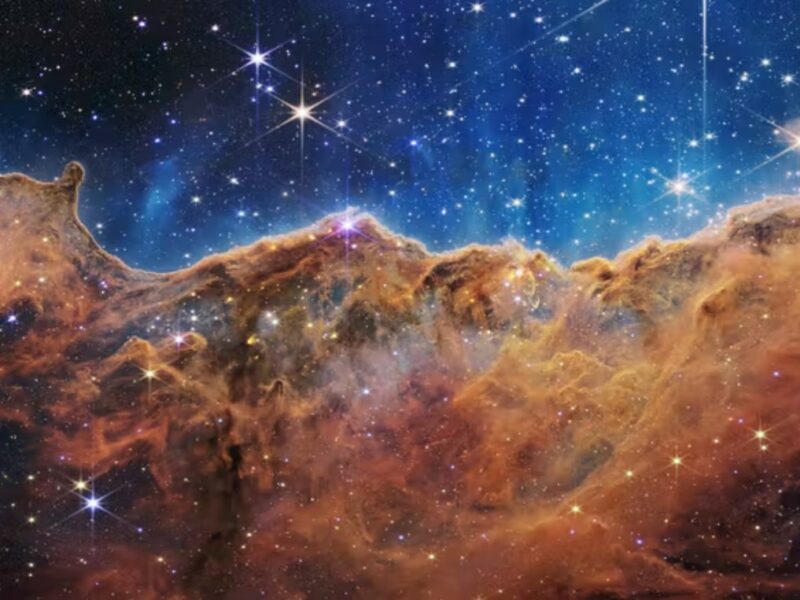With its six-metre aperture, James Webb is the largest telescope ever launched into space and from its vantage point a million miles from Earth, free from the Earth’s atmosphere, it is expected to deliver the best, most detailed views of the universe we have ever seen. There is no doubt that it will revolutionise our understanding of the cosmos, just as its predecessor, the Hubble Space Telescope, once did.
AuthorMartin Barstow
Martin Barstow is Professor of Astrophysics and Space Science, University of Leicester.
Martin is also the president of the Royal Astronomical Society and Pro-Vice Chancellor as well as Head of the College of Science & Engineering. He is chair of the Space Telescope Institute Council, which will operate James Webb Space Telescope. He is already working on proposals for an even larger space telescope to follow that.
Martin’s research interests are the study of hot white dwarf stars and the surrounding interstellar medium. He has been involved in many space missions during his career, including NASA’s Voyager probes, which travelled to the outer planets of the Solar System. More recently he has worked on the Hubble Space Telescope helping to develop the plans for the final servicing mission, which took place in May 2009. He leads the Leicester contribution to the ESA Gaia mission.

